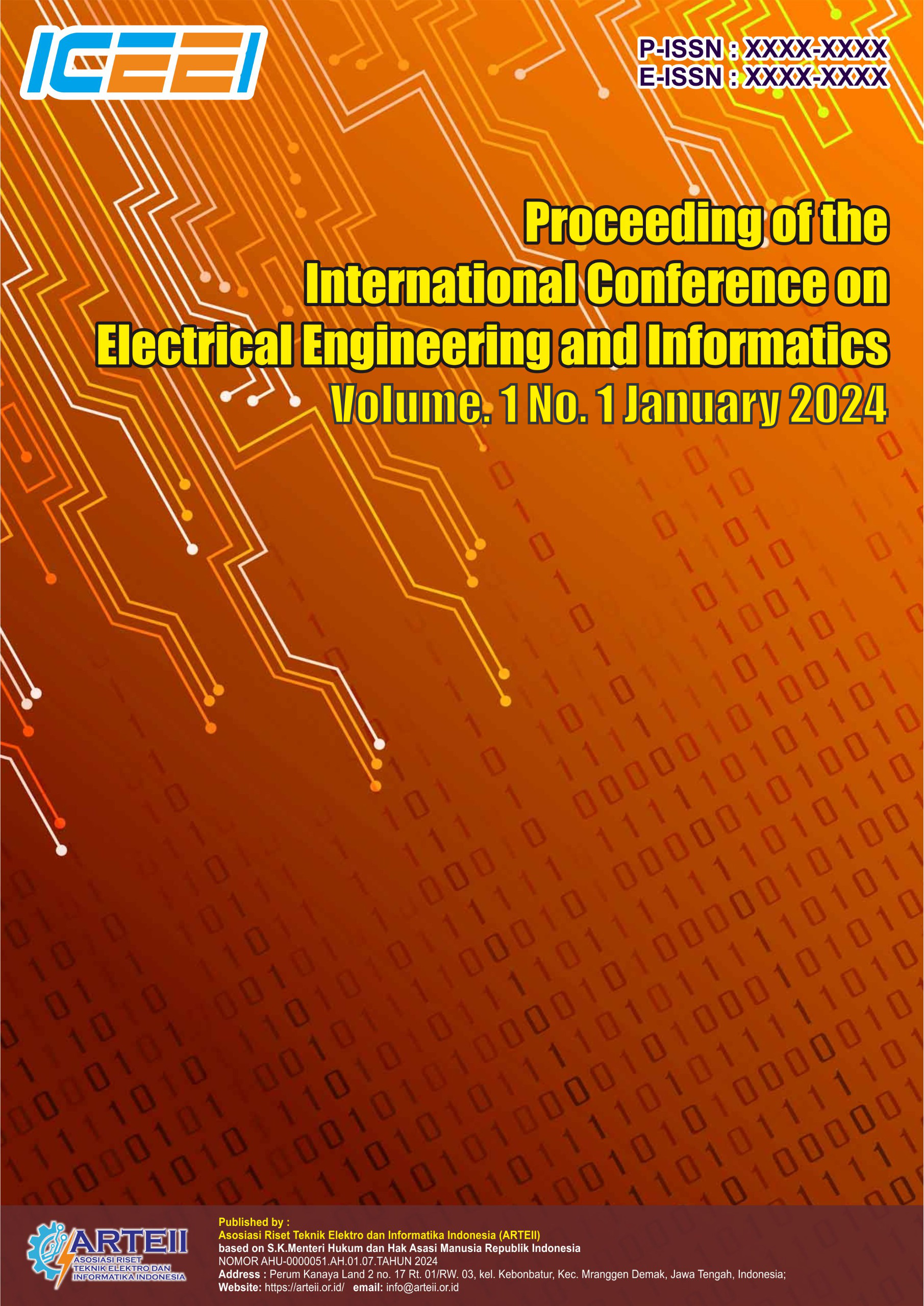Classification Methods in Sentiment Analysis of Customers Statisfaction as a Services Improvement Strategy
Keywords:
Sentiment Analysis, Confusion Matrix, Customer Satisfaction, AutomotiveAbstract
Customer satisfaction is a crucial indicator in assessing the quality of a company's products, services and overall experience. This research aims to identify the level of customer satisfaction and optimize the available data for effective use in sentiment analysis. In this study, we analyzed 4,353 customer reviews collected over the past year, with 3,481 reviews used as training data and 871 reviews as testing data. The analysis process was conducted using the Cross-Industry Standard Process for Data Mining (CRISP-DM) approach and leveraged the Logistic Regression algorithm to build a predictive model. Model evaluation using the confusion matrix yielded an accuracy of 94.60%, a precision of 94.26%, and a recall of 94.60%. The analysis was conducted using Jupyter Notebook and the Python programming language. The results indicate that sentiment analysis is effective in identifying and predicting customer satisfaction levels, which in turn can help a company’s products improve its service strategies. The optimization of previously underutilized data now provides deeper insights into customer perceptions and expectations, enabling the company to make more targeted decisions and enhance overall customer satisfaction.
References
A.E. Pratama., A. A. (2022). Analisis Sentimen Masyarakat Terhadap Tim Nasional Indonesia pada Piala AFF 2020 Menggunakan Algoritma K-Nearset Neighbors. TICOM.
Amin, S. A. (2022). Analisis Sentimen Evaluasi PEmbelajaran Tatap Muka 100 % Pada Pengguna Twitter MEnggunakan Metode Logistic Regression. Jurnal Pendidikan Tambusai, 13217-13227.
K.T Putra, M. H. (2022). Perbandingan Feature Extraction TF-IDF dan Bow Untuk Analisis Sentimen Berbasis SVM. Jurnal Cahaya Mandalika, 1449-1463.
L. Gaol., S. S. (2019). Implementasi Data Mining Dengan Metode Regresi Linear Berganda Untuk Memprediksi Data PErsediaan Buku Pada PT. Yudhistira Ghalia Indonesia Area Sumatera Utara. KOMIK.
M. Lestandy, A. A. (2021). Analisis Sentimen Tweet Vaksin COVID-10 Menggunakan Recurrent Neural Network and Naive Bayes. Jurnal Rekayasa Sistem dan Teknology Informasi, 802-808.
M.H, M. D. (2023). Analisa Sentimen Tweet COVID-19 Menggunakan MEtode K-Nearest Neighbors dengan Ekstraksi Fitur TF-IDF dan Count Vectorizer. Jurnal Ilmu Multidisiplin, 37-43.
S. Huber, H. W. (2019). DMME : Data Mining Methodology for Engineering Application a Holistic Extension to the CRISP-dm mODEL. pROCEDIA cirp, eLSEVIER, 403 - 408.
Singgalem, Y. (2023). Analisis Sentimen dan Sistem Pendukung Kepuasan Menginap di Hoel Menggunakan Metode CRISP=DM dan SAW. JOurnal Information System Research, 1343-1353.
Utami, S. (2029). Analisis Sentimen PEngguna Twitter MEngenai 'Sedotam Plastik' Dengan Metode K-Nearest Neighbor (KNN) dan Neighbor-Weightes (NWKNN) . Tugas Akhir.
Wibowo, F. V. (2019). Analisis Sentimen PElanggan Toko Online JD-Id MEnggunakan Metode Naive Bayes Classifier Berbasis Kobversi Ikon Emosi. Jurnal SIMETRIS, 2019.
Willy Novianto, W. W. (2023). ANALISIS SENTIMEN TERHADAP KEPUASAN PELANGGAN MENGGUNAKAN METODE KLASIFIKASI PADA. SENAFTI, 281 - 288.





